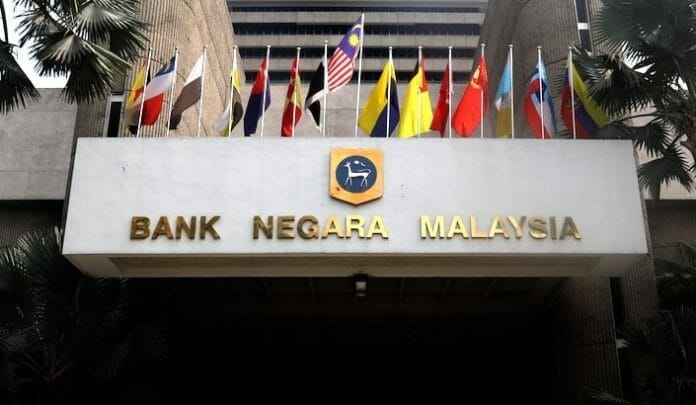Bank Negara Malaysia’s international reserves rose for the first time in four months and by the largest amount in 15 months, increasing by USD4.5b or 4.2% MoM to USD109.7b as of 30 November 2022
The figure is sufficient to finance 5.3 months of imports of goods and services (previously retained imports) and is 1.0 time
total short-term external debt.
Kenanga notes the notable monthly gain was mainly attributable to a sharp rebound in the foreign currency reserves − Foreign currency reserves (+USD4.5b or 4.8% MoM to USD98.2b): surged to their highest level in six months and by the largest amount in more than 11 years, partly due to an increase in value of non-dollar assets. Gold (USD0.04b or 1.7% MoM to USD2.1b): increased slightly to a three-month high. Meanwhile, both other reserve assets and special drawing rights decreased marginally by USD0.05b and USD0.02b respectively.
In ringgit terms, the value of BNM reserves hit a new record high of RM509.0b (+RM21.2b or 4.4% MoM) − USDMYR monthly average (4.610; Sep: 4.695): the weakening of the USD index (DXY) by almost 5.0% due to the Fed’s less hawkish narrative, coupled with yuan’s 2.5% appreciation against the USD due to China’s reopening optimism has helped the ringgit to reverse most of its October’s losses against the USD. Domestically, the local note was supported by the formation of the unity government after five days of election deadlock and a possible large inflow of portfolio funds into government bonds and the equity market.
Simultaneously, most ASEAN-5 currencies strengthened against the greenback after two straight months of depreciation, mainly due to a sharp fall of DXY amid US’ cooler-than-expected October core inflation and producer price index readings. The appreciation was led by Thai Bhat, followed by SGD, and PHP. Bucking the trend, IDR weakened by 1.5% against the USD despite Bank Indonesia’s back-to-back 50 basis point rate hikes.
The house also pointed to BNM could continue to hike the overnight policy rate (OPR) to 3.00% in January 2023. To realign with the global tightening cycle and curb the all-time high core inflation, the Central Bank may continue to increase the
OPR by another 25 basis point (bps) in January.
Moving forward, due to the uncertain economic environment, Kenanga currently assigned a 50.0% probability for the central bank to hike by another 25 bps in March. − USDMYR year-end forecast (4.38; 2021: 4.17): in the next few weeks, the ringgit may continue to benefit from the Fed’s move to a less hawkish position and China’s partial relaxation of its COVID-19 measures. This, coupled with Malaysia’s political stability and USD seasonal weakness may help the local note to strengthen against the USD.
In view of these circumstances, Kenanga has revised its end-2022 and end-2023 USDMYR’s forecast to 4.38 (from: 4.54) and 4.11 (from: 4.26). However, a U-turn in China’s COVID-19 policy may shift the ringgit’s bullish narrative.









